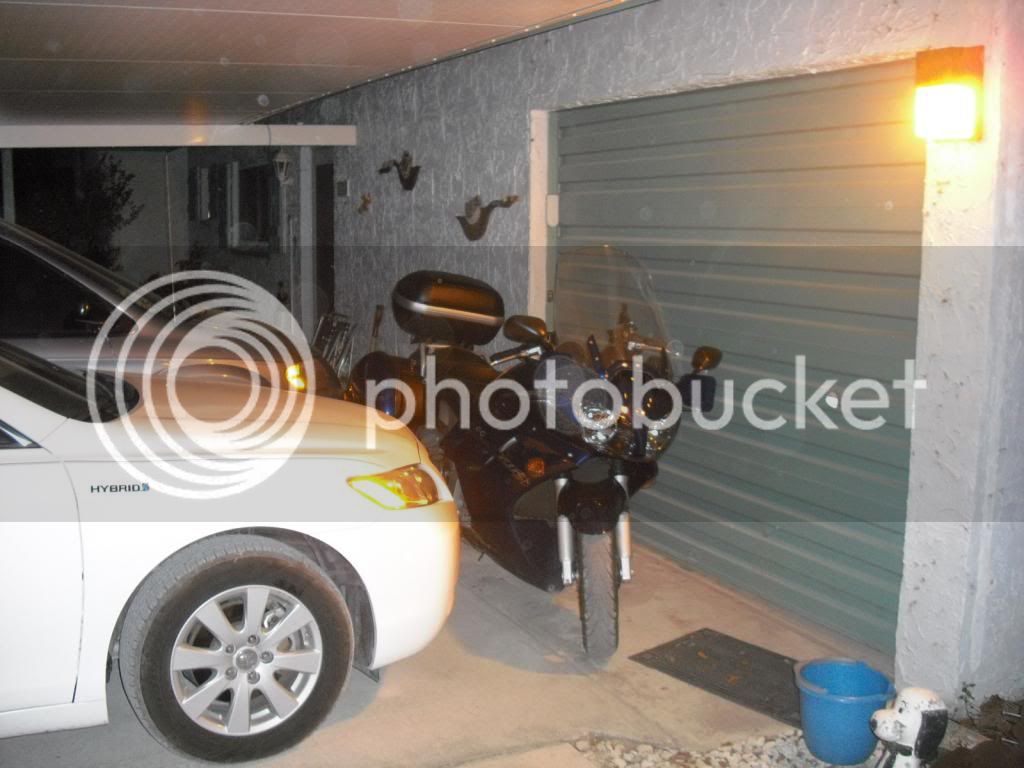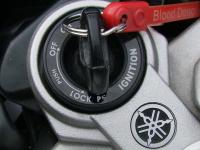And now from the nice people at Shorai: https://blog.shoraipower.com/socialpics/Techtipfeb.pdf ...
In anticipation of the spring weather and the start of the riding season for many motorcycle enthusiasts, we have a few battery suggestions. If it has been a few weeks or more since the bike was last ridden it is recommended to connect a battery charger to maintain the proper voltage level. The recommended charging interval varies greatly for each vehicle, and depends greatly on the parasitic key off drawlevel. We find that a typical vehicle will draw less than 3mA and can sit for about a month before reaching the recommended recharge voltage point of 13.1V. For vehicles with an alarm, ABS, clock or other electrical devices that draw power from the battery while the key is off, it would be best to disconnect the negative cable during extended non-riding periods. The Shorai battery has a very slow self-discharge rate as long as it is disconnected from the vehicle, and can sit for up to a year before needing a charge.
For the longest battery life it is recommended to use the Shorai BMS01 charger or a 3 stage battery charger to store the battery between 13.2-13.3V. The Shorai BMS01 has a “store” button which can be used to maintain the battery at ~13.3 while the bike sits unused, and then the “charge” button can be pressed shortly before riding the bike to fully charge the battery. Do not use chargers with automatic desulfation or a deep cycle conditioning mode.
If the Shorai battery indicates a resting voltage below 12.86V, it has been over-discharged and will need to be fully recharged to ~14.4V before starting the bike. Note, it may take a few charge/use cycles for the battery to reach full capacity and regain normal starting performance. For typical bikes being started in normal temperatures the starting performance will be good with an initial resting voltage of 13.1V or higher - but in colder weather a fully charged battery is recommended. Cranking performance of lithium batteries will improve as the cells warm. If the bike will not crank fast enough to start in cold weather, try again after a short key off resting period for improved cranking performance. In extreme cold weather conditions it may take several starting attempts for the cells to reach the desired operating temperature.
We hope this information helps you to a quick start in the 2013 riding season.
In anticipation of the spring weather and the start of the riding season for many motorcycle enthusiasts, we have a few battery suggestions. If it has been a few weeks or more since the bike was last ridden it is recommended to connect a battery charger to maintain the proper voltage level. The recommended charging interval varies greatly for each vehicle, and depends greatly on the parasitic key off drawlevel. We find that a typical vehicle will draw less than 3mA and can sit for about a month before reaching the recommended recharge voltage point of 13.1V. For vehicles with an alarm, ABS, clock or other electrical devices that draw power from the battery while the key is off, it would be best to disconnect the negative cable during extended non-riding periods. The Shorai battery has a very slow self-discharge rate as long as it is disconnected from the vehicle, and can sit for up to a year before needing a charge.
For the longest battery life it is recommended to use the Shorai BMS01 charger or a 3 stage battery charger to store the battery between 13.2-13.3V. The Shorai BMS01 has a “store” button which can be used to maintain the battery at ~13.3 while the bike sits unused, and then the “charge” button can be pressed shortly before riding the bike to fully charge the battery. Do not use chargers with automatic desulfation or a deep cycle conditioning mode.
If the Shorai battery indicates a resting voltage below 12.86V, it has been over-discharged and will need to be fully recharged to ~14.4V before starting the bike. Note, it may take a few charge/use cycles for the battery to reach full capacity and regain normal starting performance. For typical bikes being started in normal temperatures the starting performance will be good with an initial resting voltage of 13.1V or higher - but in colder weather a fully charged battery is recommended. Cranking performance of lithium batteries will improve as the cells warm. If the bike will not crank fast enough to start in cold weather, try again after a short key off resting period for improved cranking performance. In extreme cold weather conditions it may take several starting attempts for the cells to reach the desired operating temperature.
We hope this information helps you to a quick start in the 2013 riding season.
































































